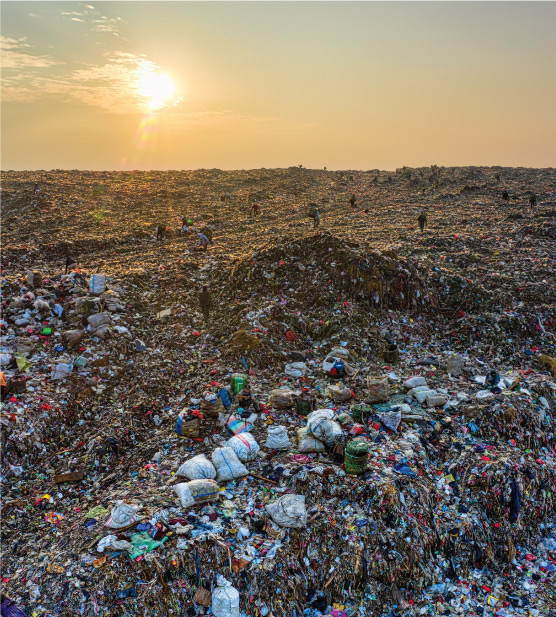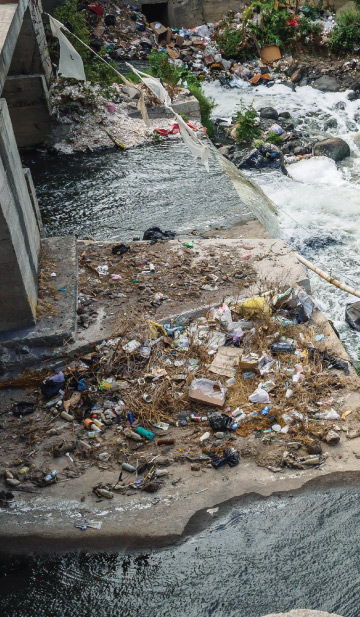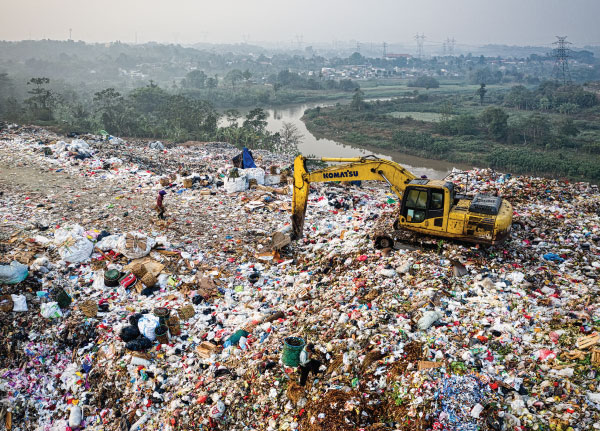The government’s ambition is to have a zero waste to landfill objective – through avoid, reduce, reuse, recycle, recover, treat and dispose, but the current lack of alternatives means landfills need to be used for the foreseeable future. SA is “ranked 11th in the world in terms of mismanagement of plastic waste”.
Also, South Africa’s waste is going to waste – the National Pricing Strategy for Waste Management says that the country disposes of at least R825 billion worth of recoverable resources each year. Landfills in the Western Cape and Gauteng, for example, are on the brink of reaching capacity. Earlier this year, the provincial Environmental Affairs Department warned that the area could be headed for a waste crisis. No new permits for landfills have been granted in 2 decades.
It is essential that provincial governments address this, and other waste management shortfalls, to prevent the spread of harmful diseases that threaten the well being of all South Africans. Landfill sites generate 4% of our carbon emissions— in the form of methane gas — fixing this is a stated goal in the country’s plans to reduce emissions. Annually about 630 000 tonnes of plastic is dumped illegally, with the potential of being washed into the ocean.


According to environmental and social justice organisation Groundwork, nearly half of the country’s 1 327 documented waste dumps are unlicensed. In addition, 58 highly hazardous landfill sites are not licensed. While it is not legal to allow an unlicensed dump to operate, many municipalities do not take the necessary steps to control them or convert them into licensed landfills because of the costs and complexities associated with compliance. Unfortunately, lack of enforcement has given rise to an industry that’s plagued by unlicensed providers which, as well as compromising hygiene standards, has resulted in severe under-pricing that’s a significant barrier to success.
98 million tonnes of waste is deposited across South Africa's 826 landfill sites yearly
South Africa is “ranked 11th in the world in terms of mismanagement of plastic waste”
93 out of 164 landfills in the Western Cape have reached their natural lifespan in 2018
No new permits for landfills have been granted in two decades
Environmental affairs department says landfills in SA’s big cities will be full in 5 years
SA uses 1.8-million tonnes of plastic yearly with roughly 630 000 tonnes dumped illegally
SA produces 54-million tonnes of general waste with under 40% of this being recycled, mostly in plastic and glass recycling done by private companies.
Of the 67-million tonnes of hazardous waste (mostly made up of ash from Eskom’s coal-fired power plants), only 6% is recycled.
Landfill sites are projected to be full before 2025, diverting waste away from them has become a priority for metros
Research has found that nearly half of the more than 1 300 waste dumps in the country are not licensed and only one in three was more than 50% compliant with the law.
Non compliance problems include, not sorting waste properly, so everything goes to landfills, and not lining landfill sites properly, so polluted water leaks into groundwater.
